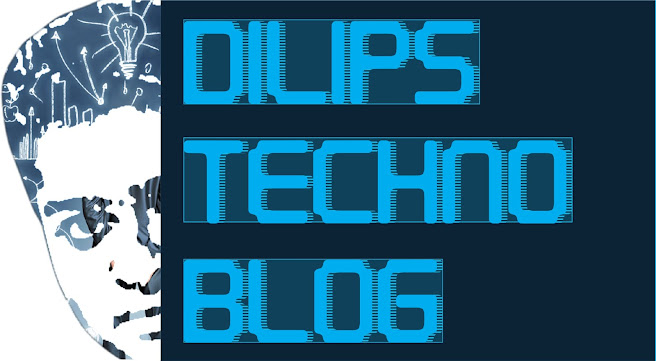MegaDroid is comprised of 520 nodes in a computing cluster that costs $500,000. Each networked node is an x86 computer with a quad core Intel Core i7 Sandy Bridge processor and 12GB of RAM. On the software side, the researchers are using an x86 port of Android running in QEMU-KVM virtual machines. Approximately 580 Android VMs are running on each quad core processor, which is interesting because Sandia National Laboratories has plans to open source the software and engineer it to be able to run on anything from a single desktop computer to the massive MegaDroid cluster they put together.
Also interesting is that the MegaDroid virtual phones are able to use all the features that actual Android smartphones are capable of — that includes GPS, cameras, accelerometers, WiFi, and cellular radios. The virtual phones are even able to communicate with each other via text messaging and with a pair of physical Android smartphones on T-Mobile’s network. The software is able to simulate the movements of users as the virtual phones move around a map as well, which would allow researchers to test network congestion, for example.
With MegaDroid — and other future clusters based on its software — researchers and developers will get access to large numbers of networked test phones without needing to purchase individual handsets. MegaDroid, and the forthcoming software, has been developed with the intent of bringing down the barrier to entry for large scale testing. If they had purchased the same number of physical Android smartphones at just $200, it would cost them $60 million — MegaDroid is downright cheap in that respect!
The Sandia researchers envision MegaDroid being used to develop and test applications for disaster recovery and early detection warning systems. Penetration testing, virus/worm propagation simulation, and network congestion/stability testing are also likely candidates for MegaDroid’s computing power. On a smaller scale, application developers will be able to use MegaDroid software on their own workstations to better test and secure their apps before releasing them to the public.
The open source (GPLv3) MegaDroid software is slated for release by the end of this year. Interested app developers and researchers should contact David Fritz at Sandia National Laboratories for more details.
MegaDroid isn’t the only computing cluster to be unveiled this year, though. For approximately $7,240 per day, you could harness Google’s Compute Engine to simulate 300,000 Android smartphones.

